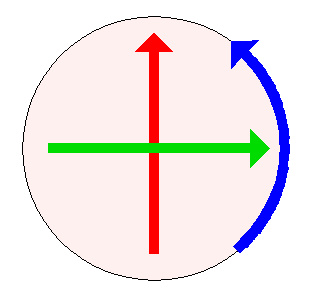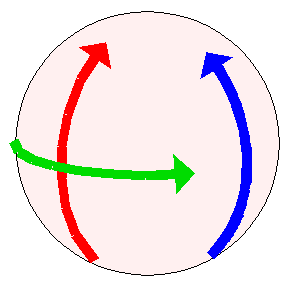One my favorite moments in recent movie-dom occurred in “The Muppets” (2011), when the characters realize that they can get to Paris faster if they “travel by map”. Fozzie hits the conveniently located “TRAVEL BY MAP” button on his car’s dashboard, we cut to one of those old-fashioned animated maps with a big red traveling line right out of “Casablanca”, and voila! nous sommes arrivés.
The hell with the Star Trek transporter. That’s what I call traveling in style.
Today I had an experience not entirely dissimilar. I was meeting friends for brunch at the wonderful Champs Diner in Brooklyn (highly recommended!!!), so I went on Google Maps, which showed that the nearest subway stop was several blocks from my culinary destination.
I don’t carry a SmartPhone — one of my little rebellions, which I plan to keep up until Federal law is changed to make carrying of a SmartPhone a requirement for both U.S. citizenship and the right to use public bathrooms. The way things are going, I suspect that will happen sometime around mid-2014. But I digress.
Rather than draw myself a map, I decided to visually trace the route from subway stop to restaurant door, courtesy of Google Maps Street View. The experience was eerily like walking along a street. Even the pace felt similar, as I glided past houses, shops and intersections, turning corners as per Google’s directions until my virtual self arrived at the restaurant door.
When later in the day I emerged from the actual subway stop in Brooklyn, everything clicked into place. As I walked along, I recognized this fancy entrance on my left, that funny colored building on my right. These streets I had never before visited felt completely familiar, with never a moment of doubt about where and when to turn.
You could call it a successful experiment. My only regret was that my little walk brought me to my destination all too soon, so much was I enjoying this pleasant stroll in a familiar place where I had never been.


